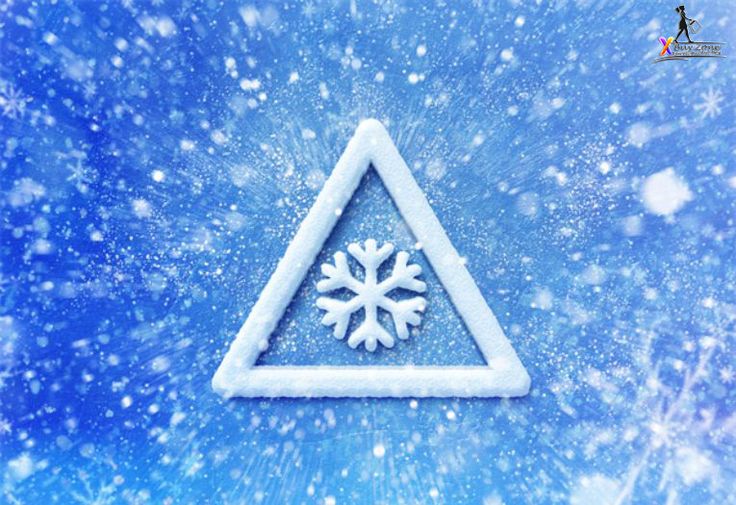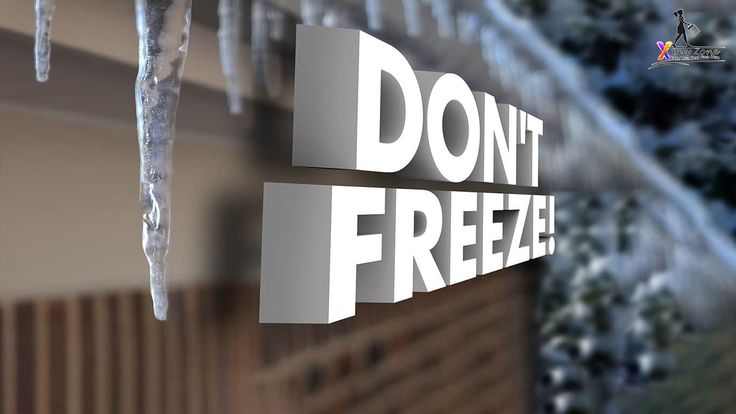Freeze Warning: What It Means and How to Protect Your Home and Garden

🌡️ What is a Freeze Warning?
A Freeze Warning is issued by the National Weather Service (NWS) when temperatures are expected to drop to 32°F (0°C) or below for several hours. This condition can damage crops, plants, and outdoor plumbing systems and may lead to hazardous road conditions. Unlike a Frost Advisory, which indicates light frost, a freeze warning signals a hard freeze that can cause significant harm.
❄️ Understanding Freeze Warnings vs. Frost Advisories
- Freeze Warning: Issued when temperatures fall to 32°F (0°C) or lower for a prolonged period.
- Frost Advisory: Issued when temperatures hover between 33°F – 36°F (0.5°C – 2°C), leading to frost formation.
- Hard Freeze Warning: Issued when temperatures drop to 28°F (-2°C) or lower for multiple hours, causing extreme damage to vegetation and unprotected pipes.
🏡 How Freeze Warnings Impact Your Home
Extreme cold can lead to frozen pipes, HVAC system failures, and higher energy bills. Here’s how to prepare your home:
🔥 1. Protect Your Plumbing
When temperatures plummet, pipes are at risk of freezing and bursting, leading to costly repairs. ✅ Insulate exposed pipes in basements, attics, and crawl spaces. ✅ Let faucets drip slightly to prevent water from freezing. ✅ Disconnect garden hoses and shut off outdoor water sources. ✅ Keep cabinet doors open to allow warm air to circulate around indoor plumbing. ✅ Wrap pipes with heating tape for extra protection in extreme temperatures. ✅ Consider installing frost-proof outdoor faucets to prevent freezing.
🏠 2. Seal Drafts and Insulate Your Home
Prevent heat loss by sealing gaps and ensuring proper insulation. ✅ Apply weather stripping around doors and windows. ✅ Use thermal curtains to retain indoor heat. ✅ Check insulation in attics and walls to maintain warmth. ✅ Close off unused rooms to concentrate heat in occupied areas. ✅ Use a programmable thermostat to optimize heating efficiency. ✅ Reverse ceiling fans to push warm air downward.
⚡ 3. Prepare for Power Outages
Extreme cold can lead to power failures, so having an emergency kit is crucial. ✅ Keep flashlights, batteries, and candles readily available. ✅ Stock up on blankets and warm clothing. ✅ Charge power banks for mobile devices. ✅ Use a generator safely if necessary (never indoors). ✅ Stock up on non-perishable food and bottled water. ✅ Ensure your fireplace or wood stove is in working order for alternative heating.

🌿 Protecting Your Garden from Freezing Temperatures
Freeze warnings can devastate plants, flowers, and crops. Here’s how to safeguard your garden:
🛡️ 1. Cover Vulnerable Plants
✅ Use frost cloths, old blankets, or burlap to cover plants overnight. ✅ Move potted plants indoors or to a sheltered location. ✅ Apply mulch around plant bases to retain soil warmth. ✅ Erect windbreaks to shield plants from cold winds. ✅ Use cloches or plastic coverings for individual plants.
🌱 2. Water Before a Freeze
✅ Moist soil retains heat better than dry soil, so water plants before temperatures drop. ✅ Avoid overwatering, as excess moisture can lead to root rot. ✅ Water early in the day to allow absorption before freezing temperatures arrive.
🏡 3. Bring in Delicate Plants
✅ Move sensitive plants, such as tropical flowers, indoors. ✅ Use a greenhouse or cold frame for added protection. ✅ Group plants together to create a microclimate for warmth. ✅ Place outdoor plants near south-facing walls to absorb heat during the day.
🚗 Driving Safely During a Freeze Warning
Cold temperatures can create black ice and hazardous roads. Follow these safety tips: ✅ Drive slowly and maintain a safe following distance. ✅ Use winter tires for better traction. ✅ Keep an emergency kit in your car, including blankets, a flashlight, and extra food/water. ✅ Check weather updates before heading out. ✅ Keep your gas tank at least half full to prevent fuel line freezing. ✅ Defrost and de-ice your windshield properly before driving. ✅ Avoid using cruise control on icy roads. ✅ Pack a bag of sand or kitty litter to help with traction if you get stuck.
🌎 Regions Most Affected by Freeze Warnings
Freeze warnings are common in: ❄️ Midwestern U.S. – Frequent freezes during late fall and early spring. ❄️ Southern States – Rare freezes that can cause extensive damage. ❄️ Northeastern U.S. – Severe winter conditions with frequent freeze warnings. ❄️ High-altitude areas – Mountain regions experience sudden temperature drops. ❄️ Pacific Northwest – Occasional cold snaps impact coastal and inland areas.
🔥 How to Stay Warm and Safe During a Freeze Warning
✅ Wear layered clothing: Base layers, insulating layers, and waterproof outer layers. ✅ Use space heaters safely: Keep them away from flammable items. ✅ Stay indoors: Limit outdoor exposure when temperatures are dangerously low. ✅ Check on vulnerable neighbors and pets. ✅ Exercise caution with fireplaces and stoves to prevent carbon monoxide poisoning. ✅ Keep a stash of instant heat packs for quick warmth. ✅ Drink warm fluids and eat high-energy foods to maintain body heat.
🏠 The Economic Impact of Freeze Warnings
Beyond personal safety, freeze warnings can have significant economic consequences, affecting agriculture, infrastructure, and energy consumption.
🌾 1. Agricultural Losses
- Sudden freezes can destroy crops such as citrus fruits, tomatoes, and leafy greens.
- Vineyards and orchards may suffer severe damage if precautions aren’t taken.
- Farmers rely on irrigation techniques, heaters, and fans to mitigate losses.
⚡ 2. Increased Energy Demand
- Heating costs skyrocket as households consume more energy.
- Utility companies experience peak demand, leading to potential outages.
- Homeowners turn to alternative heating sources, which may pose fire hazards.
🏢 3. Infrastructure and Transportation Delays
- Frozen roads and bridges lead to traffic accidents and delays.
- Airports experience flight cancellations due to extreme cold.
- Businesses may suffer losses due to reduced foot traffic and logistical issues.
📌 Final Thoughts
A Freeze Warning isn’t just a minor inconvenience—it can lead to serious damage if precautions aren’t taken. Whether protecting your home, garden, or personal safety, proper preparation is key. Stay informed by monitoring weather forecasts and taking early action to minimize risks.
🌐 For more weather safety tips and preparedness guides, visit the National Weather Service (NWS). Stay safe and warm! ❄️
